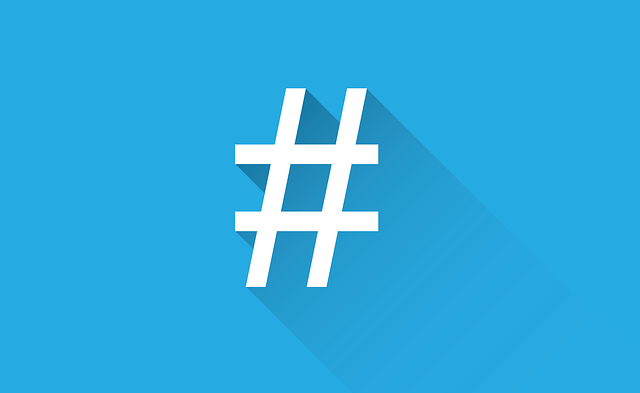Organizations depend on data for their continuity. For this reason, managers are increasingly going out of their way to employ data management services. That said, developers are looking to make data management processes even easier for the users. For instance, MySQL backup with ottomatik.io has allowed organizations to implement many data back-up and protection strategies automatically.
This data starts from the basics that are data on employee attendance to information being shared on social media websites. Social media platforms are increasingly becoming the to-go-for mode of interaction. What does that tell you? The same way a lot of information is shared on these platforms so is the same amount of risk posed to your data. You have no choice but to ensure that all your data is safe regardless of the form. But how exactly do you go about protecting data that you share on social media websites? The following steps will offer you a guide on how to protect your data while sharing on popular social media sites.
1. Ask yourself questions
The questions that you should be asking yourself, in this case, is who will be able to access the data or information you share online? Who is the owner of the social media website that you are using? Who gets to control it? These are the first questions you need to ask yourself. They will help you gauge how safe your data is on the particular platform. There is more that you need to evaluate. Remember that the kind of data you share online could build or break you. You need to know the information that the contacts you are having are passing to other people. In business, you also need to know if your contacts are comfortable with you sharing their information on the platforms. Depending on the nature of data and information you have, you will be able to assess whether sharing it on these platforms could lead to sabotage or any form of harm.
2. Understand the architecture of the website
By understanding the architecture of the social media site, you need to pay attention to the settings mostly. You need to be well versed with the security settings provided for you to be able to keep the data you share secure. Understand what the default setting is and what they can do for you and how to change them.
3. Use strong passwords
You cannot afford to ignore this. Do not be too lazy to create secure and strong passwords. The idea of using a simple password that you can easily remember is tempting. However, it could easily land you in trouble. The same way you find it simple is the same way trespassers will easily be able to get their hands on it. How do you go about making your passwords secure? One is by controlling the accessibility to your passwords. Remember that any person having your password will have access to any information that you have on the sites. Two, you need to change your passwords on a regular basis.
4. Use HyperText Transfer Protocol Secure (HTTPS) to add another layer of protection to your website
To go the extra mile with the security of the data you share on your site, consider using HTTPs. On top of encrypting your data, you will add another layer of protection. That way, you can rest assured that the information you post, your passwords and usernames are protected.
5. Use separate accounts for different campaigns
How about you use pseudo accounts for your various activities to gauge how much you can trust your members? Yes, using separate accounts for the separate campaigns you are running is a great way to ensure that trust is built from within. Give it a try, and you will not regret it.
6. Public internet
If you have to use desktops at cyber cafes or any other public sources, you need to watch your back. Some spies might be waiting for the perfect moment to get hold of your passwords. The other way you can take extra security measures is to make sure that you clear the browser history once you are done using the computer, logging out from the website and deleting your password and username.
7. Do not solely depend on social media sites to store your information
Remember that these websites are not your property. What does that tell you? There is a lot that can happen or change that is out of your control. The government or other concerned bodies might decide to have the platform shut down. What happens to the information that the site hosts for you. You might have to consider it dead. To be safe, ensure that you have other types of storage for your data or information. You can store it in the cloud or even use hardware like a hard disk or DVDs to store your content.
8. Countercheck your settings
After all, is said and done, it is worth rechecking your settings. There could be something that you have left out. For instance, have you ever given deep thought to the integration feature that is usually present in most of the popular social media sites? The different social media platforms may be working differently or have different settings: which may interfere with what you already have in place. Take this as an example. If you post content on Facebook, does it also update on your Instagram account? This is something that you may not be aware of. Sometimes you might hide some information on a particular platform. It does not necessarily mean that the information is also hidden on your other platform. It is why you need to be careful with the feature, it may not be entirely safe for your data or information.
Adhering to the eight practices cited above when sharing information on social media sites will go a long way to ensuring that your data is safe and protected at all times.





